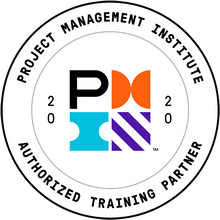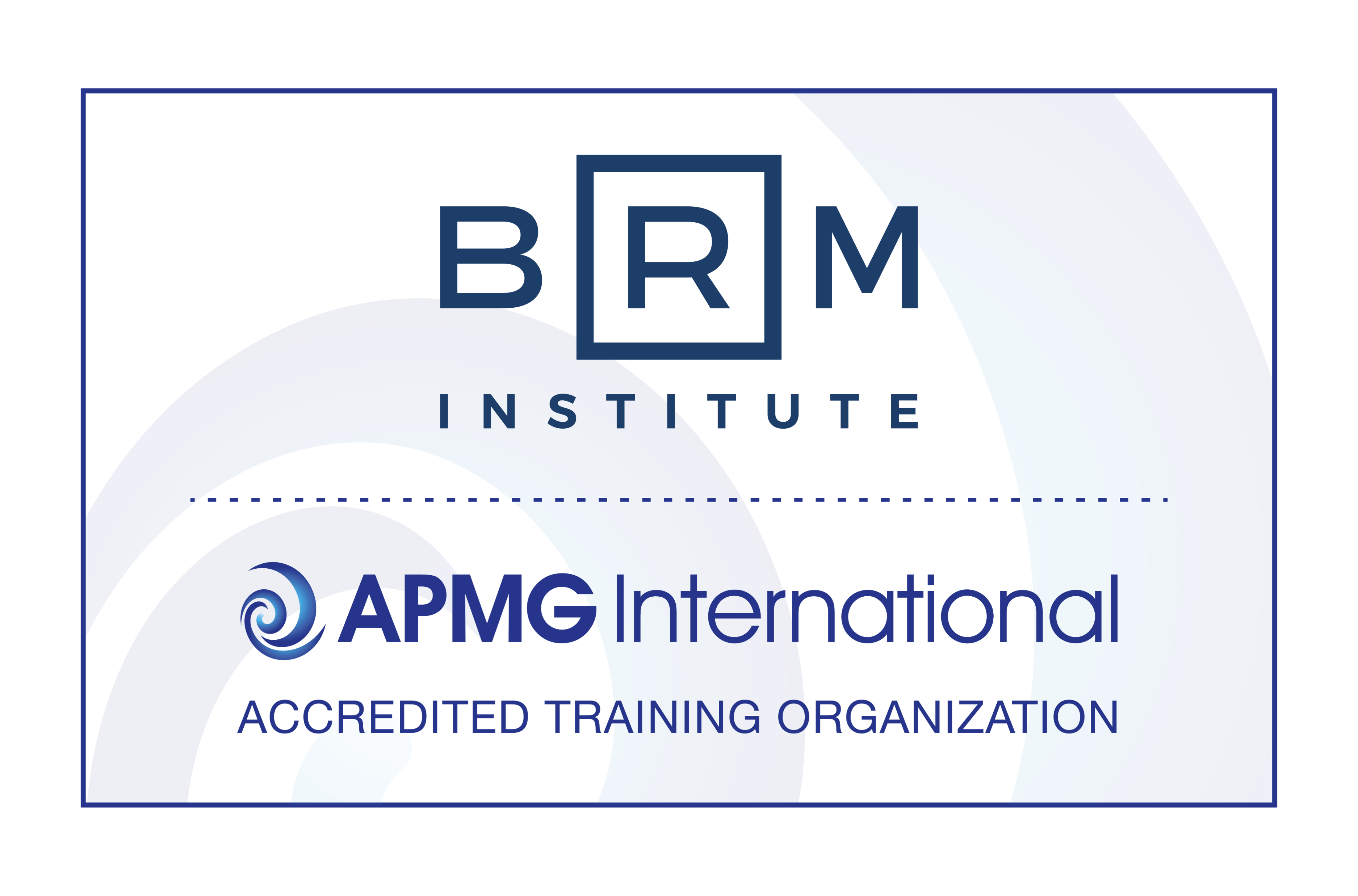The Changing Business Process Market
When we launched Business Process Trends in the winter of 2002 our goal was to create a reliable, diverse and comprehensive resource for people interested in all aspects of business process change. From the beginning, we defined “process” and “business process management” very broadly — to provide a large tent where everyone interested in improving processes could find deep, rich content relating to their particular area of interest.
We have always, for example, tried to maintain a balance in our publishing program, covering issues relating to the management, measurement and design of processes, employee performance and process automation. We have published articles on Lean and Six Sigma, on Reengineering, Scorecards, Measurement Systems, and on Process Frameworks like SCOR and eTOM. Similarly, we have included articles on improving the customer experience, analyzing workflow, using business rules to systemize decision making, and creating and using business process architectures.
This approach reflects our experience and our belief that a broad perspective is required in order for process practitioners to deliver optimum value within their organizations. Over the decades we have seen particular approaches fall in and out of favor. For a year or so, everyone becomes focused on measurements, then on customers, or supply chains, or innovation. Those who really want to drive change in organizations, however, need to avoid the temptation to get narrowly focused on a single approach. They must continue to learn, integrating them into their practice in order to improve the performance of their organizations, making them, in turn, more efficient, more effective, and more innovative.
For more information on this topic, as well as how Corporate Education Group can help optimize your organization's performance, contact us or call 1.800.288.7246 (US only) or +1.978.649.8200.
Shortly after we launched BPTrends.com, Howard Smith and Peter Fingar published Business Process Management: The Third Wave, in 2003. Their book was a call for a new round of business process automation. Specifically, Smith and Fingar argued that XML and other Web protocols would make it possible to combine Workflow and Enterprise Application Integration (EAI) technologies in software tools that business managers could use to monitor and control their processes on a daily basis. Fast on the heels of that popular book, the Business Process Management Initiative (BPMI) group was formed to promote a new language that could be used to program Business Process Management software (BPMS) tools.
Between 2003 and 2006 dozens of companies were founded or repositioned themselves to offer BPMS software and we began publishing a wide variety of articles on all aspects of BPMS, and we published a series of Product Reports to help our readers sort out the nature and the features of tools. At the same time, BPM conferences appeared and in 2005 we counted almost 20 BPM conferences, worldwide, many of which we participated in and/or co-produced.
The interest in BPMS tools drove the Business Process market in the 00s, just as Business Process Reengineering (BPR) had driven it in the 90's and as Six Sigma and Computer Aided Software Engineering (CASE) had driven it in the 80's. Looking at things a bit more broadly, however, each of these successive movements continues to drive the market today. Six Sigma groups continue to remain active in many large organizations and many think of today's BPMS software as simply the latest version of CASE with BPR thrown in.
If we focus on just BPMS software for a moment, the evolution of the product has been quite dramatic. When Smith and Fingar initially described their Third Wave, they spoke of the Web, of Workflow, and of EAI. Most of the initial software vendors that created BPMS tools either offered a Workflow tool with a little EAI thrown in, or they offered an EAI tool with a little Workflow thrown in. By 2007, however, the definition of BPMS had expanded to include a Rules Engine and some kind of Business Intelligence (BI) or Data Mining.
To accommodate the complexity entailed in combining so many different technologies into a single package, the vendors begin to acquire one another. Thus, as a broad generalization, in 2006, the BPMS vendors acquired Workflow and EAI vendors, in 2007 they acquired Process Modeling vendors, in 2008 they acquired BI and Data Mining vendors, and in 2009 they acquired Business Rule vendors.
The expansion of the idea of BPMS has not been limited to acquiring process-related technologies. During the course of the last decade, the BPMS vendors shifted their infrastructure platforms from XMI to Service Oriented Architectures (SOA) and, recently, they have begun to embrace Cloud Computing.
For more information on this topic, as well as how Corporate Education Group can help optimize your organization's performance, contact us or call 1.800.288.7246 (US only) or +1.978.649.8200.
Today, we have a smaller number of leading BPMS vendors who are offering very complex products. Given the complex nature of these products, it is now popular to speak of them as BPMS platforms, stressing that they are not so much tools, but tool kits that offer a wide array of process documentation, change, and management techniques in an integrated package.
Given the large number of acquisitions, one might assume that the BPMS software market has matured and that a few dominant vendors have emerged. In one sense this is true, and today's BPMS market is certainly dominated by the predictable vendors: IBM, Oracle, Microsoft, SoftwareAG, and SAP. In another sense, however, the rapid changes in technologies have allowed lots of small and mid-sized vendors with unique features and/or vertical market functionality to flourish and there are still 50 or more small and midsized vendors active in the BPM space.
Moreover, we predict that there is more consolidation to come. For one thing, there has been little focus on designing Enterprise Process Architectures and there hasn't been much emphasis on practical process measurement tools, like those designed to support balanced scorecard.
Separate from the evolution of BPMS products, there has been a sea change in IT departments. In the early Nineties, IT practitioners began to shift from developing one-off applications to focusing on solving process problems. Business Process Reengineering (BPR) was an important driver of the initial shift. In the late Nineties, we saw the rapid rise of Enterprise Resource Planning (ERP) applications and related applications like CRM and SCM. The ERP vendors placed their emphasis on building end-to-end applications to support business processes.
One could easily argue that the ERP vendors kicked off the interest in BPMS by focusing business people on process-based applications. Unfortunately, the ERP vendors failed to deliver flexibility, and one could easily argue that BPMS is simply a new approach to ERP, based on much more flexible technology.
Ignoring IT for a minute, companies have become obsessed with change and innovation. The Eighties were the real start of serious globalization. In the Eighties, the US car companies found that European and Japanese car companies were taking over their market. In one industry after another, consumers found they could buy better products from abroad. In the Nineties, the Internet accelerated the trend towards a global market and ratcheted up international competition to levels previously unimagined. Outsourcing of manufacturing and software development became a reality in the Nineties and has progressed rapidly in the last decade.
Smart executives, today, are focused on using processes to understand how their organizations create value, what they can outsource, and how they can respond to rapid changes in the economy, in customer tastes, and in the face of new technologies. At the same time, they are much more IT literate than they were in the Eighties and Nineties. They aren't interested in having IT manage computers and software in isolation from the rest of the business. They want to use and integrate IT into the business in exactly the way they are integrating IT into their personal lives.
For more information on this topic, as well as how Corporate Education Group can help optimize your organization's performance, contact us or call 1.800.288.7246 (US only) or +1.978.649.8200.
Thus, increasingly, executives want to understand how IT is going to improve their business processes. Business processes have become the popular way of talking about what the business is trying to accomplish. Strategies and goals are defined in terms of business processes and IT proves its value by demonstrating how it can improve the organization's business processes.
For many companies, ERP has been a disaster. The costs were far in excess of what most companies expected to pay and the results, in many cases, have been poor. Many large organizations are now saddled with rigid processes that rely on dozens or hundreds of instances of ERP that are very costly to maintain and update. In hindsight, many executives believe that they were rushed into installing software systems to automate business activities that they did not adequately understand.
The blame should probably be allocated equally to business and IT managers, but the fact is that, in most cases, IT promised they would define the processes as they generated software requirements and, in hindsight, they failed to spend the time required to really understand the organization's processes. Instead, in too many cases, IT simply forced the business activities into the templates the ERP vendors provided.
Today, there is a growing demand on the part of business executives to become process oriented. This demand isn't connected to any specific technology or methodology. Instead, it is the new way of understanding operations. Executives want to organize around their processes, they want senior executives to be able to discuss company goals and initiatives in terms of processes, and they want IT managers to rationalize their programs and projects based on how they will support the organization's high priority process initiatives.
Below the executive level there is a growing realization that process embraces everything that improves business performance and that a process team is as likely to be asked to define a new way of interacting with customers as it is to suggest how a process can be streamlined or how business rules can be organized to improve decision making activities.
There is no consensus on who does process work at most organizations. In some organizations there are process groups that report to executives and think of themselves as independent process professionals. In many organizations, business analysts are being encouraged to upgrade their skills and assume process roles, and in still other organizations there is a BPM group within IT. Often, however, the IT BPM group finds itself operating completely independent of IT.
For more information on this topic, as well as how Corporate Education Group can help optimize your organization's performance, contact us or call 1.800.288.7246 (US only) or +1.978.649.8200.
In article after article, we read about how executives want to make their organizations more process focused. They want their processes defined and managed and they want process professionals who can integrate everything together. The idea of independent Six Sigma groups, Business Analysts, and IT BPM practitioners is in decline. Executives want a single integrated group they can turn to when they need to make major changes. They don't want to be told that a specific group can only handle one part of the problem, or only the parts that fall within a single business silo — they want a group that can give them quick, comprehensive, and effective change.
Almost without knowing what they were doing, software developers have evolved powerful BPM platforms that can help companies achieve a major breakthrough in process management. The tools, however, cannot do the work; they can only support the work. The documentation of processes and the techniques for changing processes must come from a new, comprehensive, integrated process performance methodology and BPM professionals capable of applying a broad range of tools and techniques to deliver optimal organizational performance.
For more information on this topic, as well as how Corporate Education Group can help optimize your organization's performance, contact us or call 1.800.288.7246 (US only) or +1.978.649.8200.
The situation we face today is a direct result of many different groups pursuing widely different methodologies. The overarching idea of process has emerged from the clashing confusion of many different approaches. Management is ready to listen to process practitioners who can offer comprehensive solutions that blend the best of the various approaches. Indeed, senior management is more open to the ideas of process-oriented management and process performance measures than it has been in decades — but it will only respond to process professionals who can put it all together and deliver results. We could not ask for more exciting opportunities: What we need to do now is deliver the results.
About BPTrends:
BPTrends (is the primary source of business intelligence for business executives and process change practitioners around the globe. Industry thought leaders provide analysis and opinion on trends, directions and best practices relating to all aspects of business process management. BPTrends is the largest community of BP Professionals in the world. BPTrends Associates provides BPM consulting and education services to organizations, assisting them in the planning, architecting, designing, measuring and managing of their business processes.
About the Authors:
Paul Harmon is the Chief Methodologist of the BPTrends Associates Curriculum presented by Corporate Education Group and is also the Co-Founder and Executive Editor at BPTrends (www.bptrends.com). Paul has worked with a wide variety of companies to help them analyze and redesign their business processes. He has also authored numerous books, including: Business Process Change: A Guide for Business Managers and BPM and Six Sigma Professionals.
Celia Wolf is Founder and Managing Director of BPTrends Associates (BPTA), a professional services company that provides training and consulting services to organizations interested in understanding and implementing Business Process Management (BPM) solutions. The Corporate Education Group has partnered with BPTA to provide the BPTA BPM Curriculum to individuals and organizations seeking BPM training. In addition to her work with BPTA, Celia is also Founder and CEO/Publisher of BPTrends (www.bptrends.com), the most trusted source of information and best practices in BPM.







